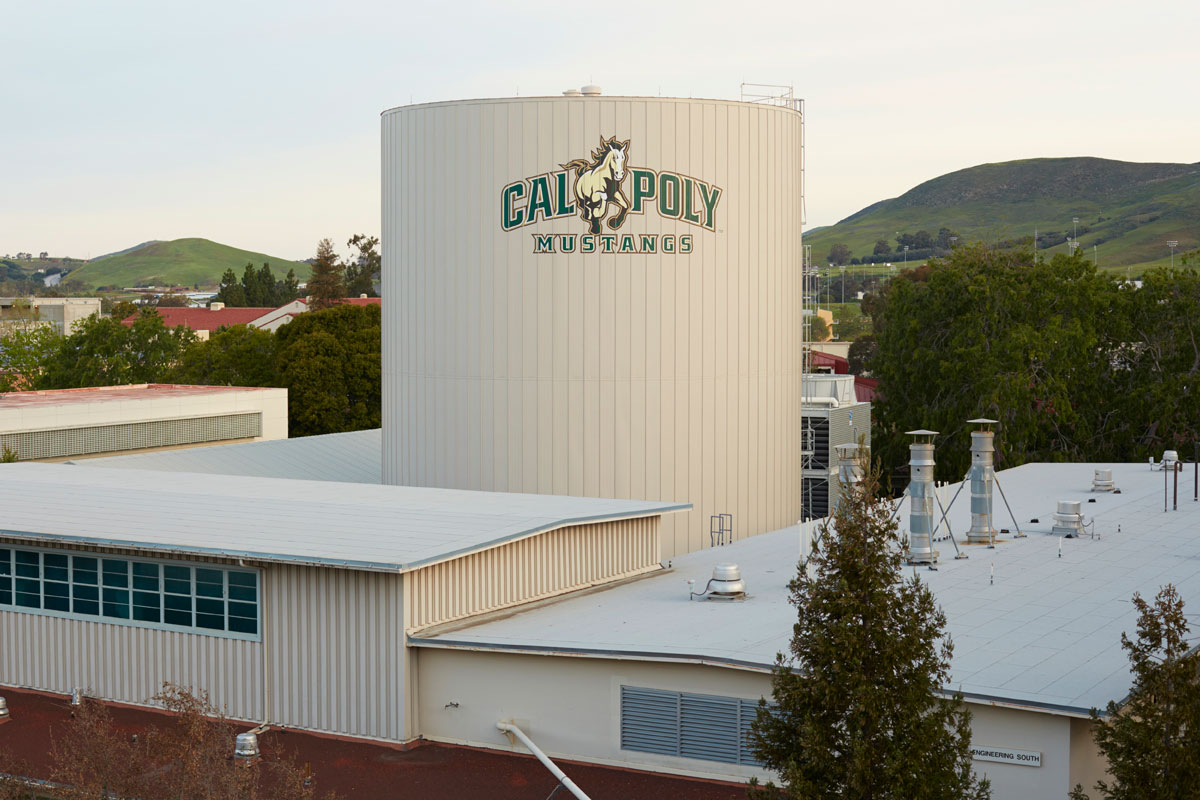The majority of natural gas use on campus is for space heating, production of domestic hot water, cooking, and heating of swimming pools. Cal Poly has eight separate natural gas service accounts and receives service from the Southern California Gas Company. Natural gas commodity procurement for the larger service accounts (greater than 250,000 therms per year usage) is provided by the California Department of General Services (DSG) as part of a managed portfolio including most Cal State University campuses, California State administrative buildings, California Department of Corrections, and various cities, counties, and school districts.
DGS's Natural Gas Service program monitors the gas commodity market, and manages a gas procurement portfolio with a blend of short-term and long-term purchases based on market conditions and price and production forecasts. This procurement strategy typically results in a modest cost savings compared to the open market, while significantly reducing exposure to market fluctuations and volatility. Natural gas service for the small accounts (less than 250,000 therms per year) is performed entirely by So Cal Gas. All campus gas distribution systems (beyond the utility-owned meter) are maintained by the campus Plumbing Shop.
Cogeneration

Cogeneration, or Combined Heat and Power (CHP), is a technology in which a single system and fuel source are used to provide two useful energy outputs at the same time. Conventional simple cycle utility power plants, such as the Diablo Canyon nuclear power plant, must dispose of their waste heat to the atmosphere, ocean, lakes, or rivers. These large scale utility power plants typically have total system efficiencies of approximately 35%, meaning that 65% of the energy available in the fuel is rejected as waste heat, resulting in increased greenhouse gas emissions and other environmental impacts.
Cogeneration systems seek to capture this waste heat and use it for space heating, production of hot water, heating of swimming pools, or other process use. Cogeneration systems are capable of total system efficiencies of 80% or more, resulting in significant energy cost savings, and reduced greenhouse gas emissions. However, with Cal Poly and the rest of the CSU seeking to reach carbon neutrality, investment in natural gas fired cogeneration systems lock in the carbon emissions of such gas use for the life of the equipment – up to 30 years. As such, Cal Poly is phasing out cogeneration systems as part of an electrification strategy to migrate as many energy systems as possible over to electricity as their source, since electricity can be made from carbon-free renewable sources like solar and wind.
